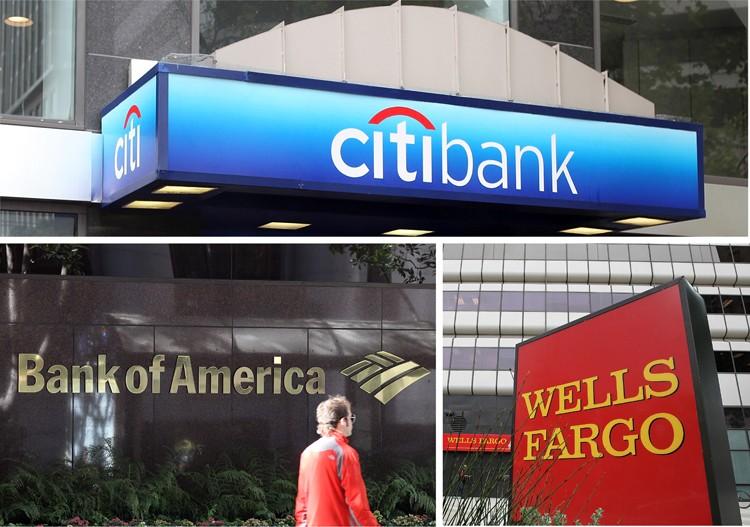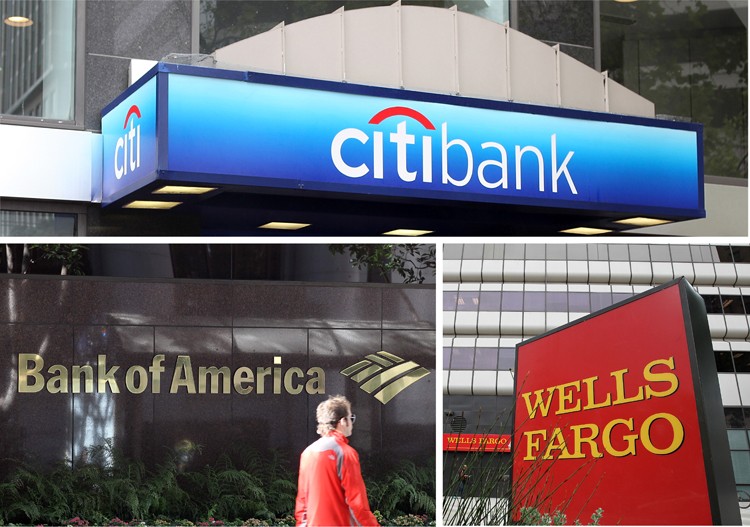Moody’s Downgrades Three US Banking Giants
Rating agency Moody’s Investors Service downgraded the long-term credit ratings of Wells Fargo & Co. and Bank of America Corp., as well as the short-term credit rating of Citigroup Inc. on Wednesday.
|Updated:





